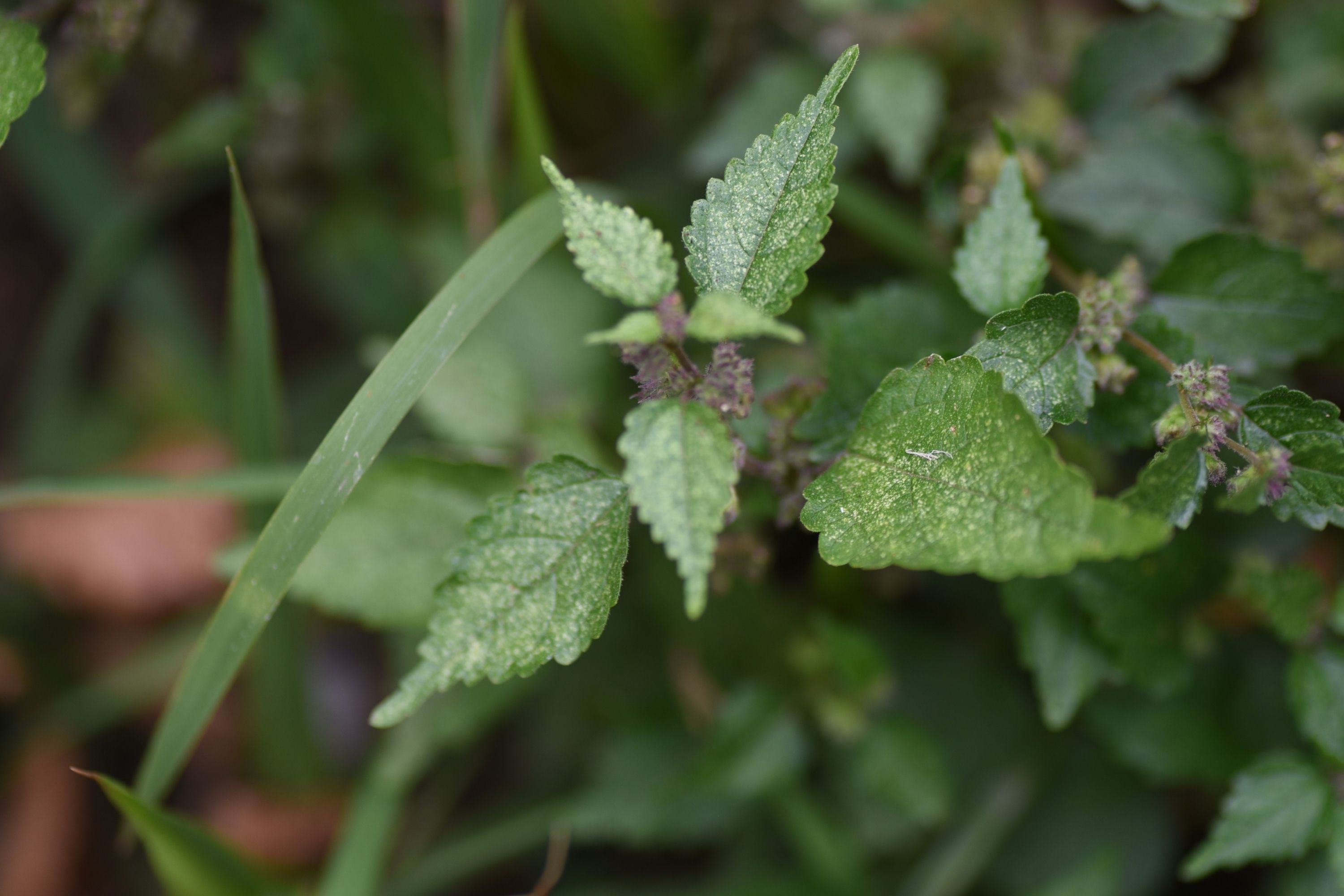Mulberry weed
(Fatoua villosa)

Description
Fatoua villosa is a member of the Moraceae family, commonly known as the mulberry family. This plant is native to Southeast Asia and is a common weed in many countries throughout the region. In this article, we will explore the characteristics of Fatoua villosa, its habitat, and its ecological significance. Taxonomy and Nomenclature Fatoua villosa is a plant species that belongs to the genus Fatoua. The genus Fatoua is a small group of plants that consists of only about 5 species. The plants in this genus are generally found in tropical and subtropical regions of Asia. The scientific name of Fatoua villosa is derived from Latin words. The word "Fatoua" honors the French botanist Jean Baptiste Louis Pierre, Marquis de Fautoux, who was a plant collector in the 19th century. The word "villosa" means "hairy" in Latin, referring to the plant's fuzzy leaves and stems. Description Fatoua villosa is a small herbaceous plant that grows up to 40 cm tall. The stems and leaves of the plant are covered in fine hairs, giving them a fuzzy appearance. The leaves are simple and alternate, with toothed margins and a pointed tip. The flowers of Fatoua villosa are small and greenish-white, with male and female flowers borne on separate plants. The fruits are small, green, and round, with a texture similar to that of a grape. The plant's root system consists of a taproot and lateral roots. Habitat and Distribution Fatoua villosa is a widely distributed plant species that is native to Southeast Asia, including countries like Thailand, Indonesia, and the Philippines. The plant is also found in other parts of Asia, including China, Japan, and India. Fatoua villosa is a common weed in many agricultural and disturbed areas, including rice paddies, orchards, and gardens. It is a fast-growing and adaptable plant that can grow in a range of soil types and light conditions. Ecological Significance Fatoua villosa has both positive and negative ecological significance. On the positive side, the plant is an important food source for many animals, including birds, rodents, and insects. The fruits of Fatoua villosa are consumed by a wide variety of bird species, including doves, bulbuls, and thrushes. The plant also serves as a host for a number of insect species, including beetles, moths, and butterflies. On the negative side, Fatoua villosa is considered an invasive species in many parts of the world. The plant can spread rapidly and outcompete native plant species, leading to a reduction in biodiversity. In addition, Fatoua villosa is known to host several plant viruses, making it a potential threat to crop plants in agricultural areas. Control Effective control of Fatoua villosa can be achieved through a combination of physical and chemical methods. Physical control methods include manual removal of the plant, mowing, and tillage. Chemical control methods include the use of herbicides, such as glyphosate, to kill the plant. However, caution should be exercised when using herbicides, as they can also harm non-target plants and animals. Conclusion Fatoua villosa is a small herbaceous plant that is native to Southeast Asia. It is a common weed in many agricultural and disturbed areas and has both positive and negative ecological significance. While it is an important food source for many animals, it is also considered an invasive species in many parts of the world.
Taxonomic tree:







